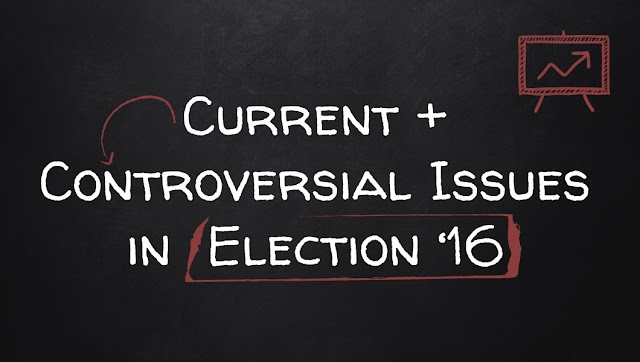Current and Controversial Issues in #Election16
by Kelli Tufo, DuPage County Teacher Mentor
“Just because you do not take an interest in politics doesn't mean politics won't take an interest in you.”
Today, the candidates “take an interest in you” by bombarding Americans with their positions, slogans and logos using television, street signs, YouTube ads and, of course, social media.
However, our goal is to have students become - and stay - interested in local, state and national issues. I love teaching civics and government during presidential election years because students have a heightened interest in the campaign and awareness of the issues. As it result, it provides teachers a natural opportunity to implement or extend the proven teaching practice of Current and Controversial Issues Discussions.
The challenge is that our students have varying degrees of knowledge and interest about public policies. To begin engaging students with the issues and build interest you could have your students...
- participate in a carousel brainstorm of current and controversial issues under large headings like economic, national security, social, etc.
- generate an "Election 2016 Issues" QFT [Question Formulation Technique] *register to access free resources
- find their "ideal" presidential candidate using the 2016 Presidential Candidate Selector
- draw conclusions from the Election 2016 polling data from the Pew Research Center.
 |
| Lombard #CivicsIsBack workshop attendees identify the leading issues in the 2016 Election |
Whatever vehicle you choose, there are many great resources to help students prepare for an issues role play or simulation:
- Constitutional Rights Foundation's Election Central
- Council on Foreign Relation's The Candidates and the World
- ProCon's 2016 Presidential Election: The Candidates and Where They Stand on the Issues
- Student News Daily's 2016 Presidential Election page





Comments
Post a Comment